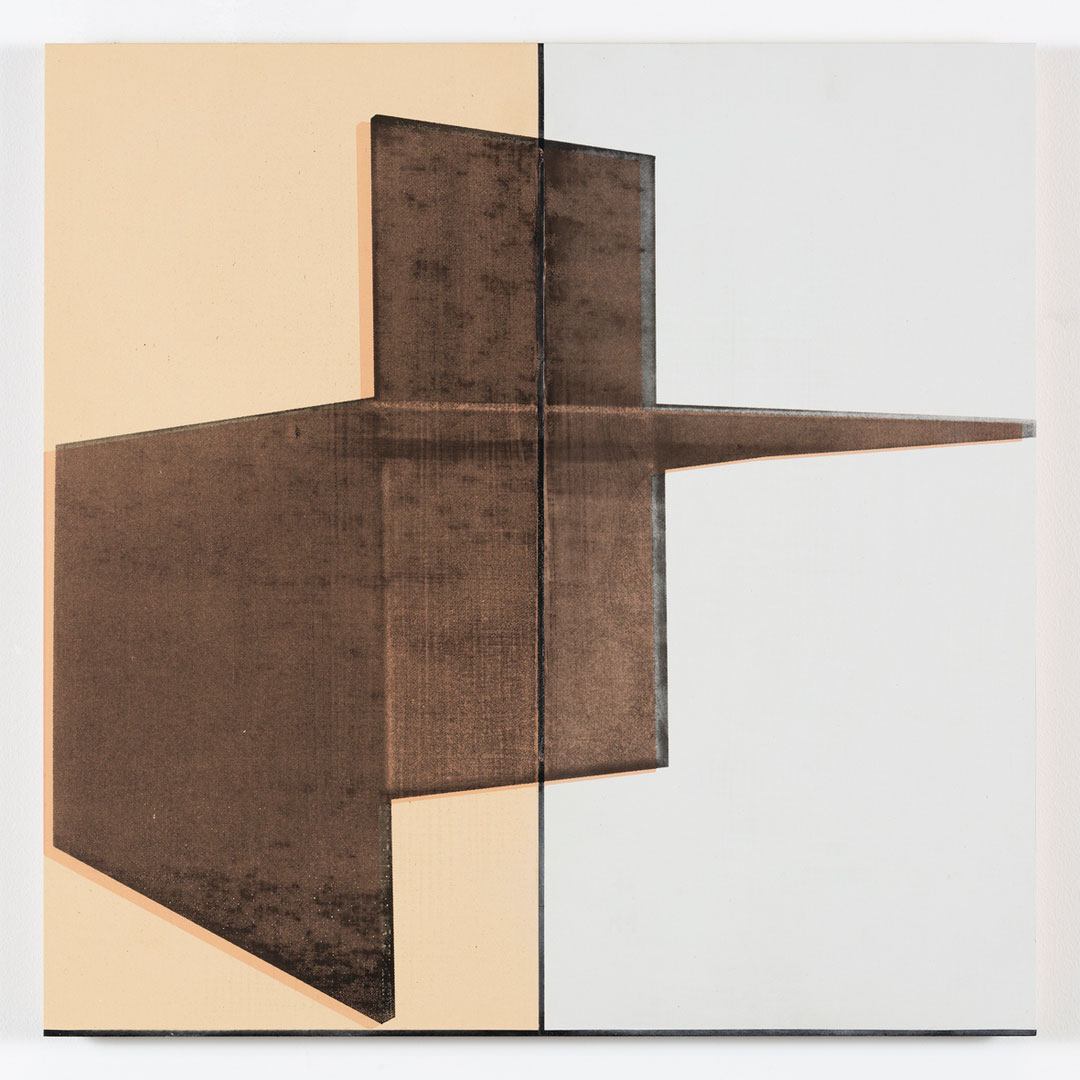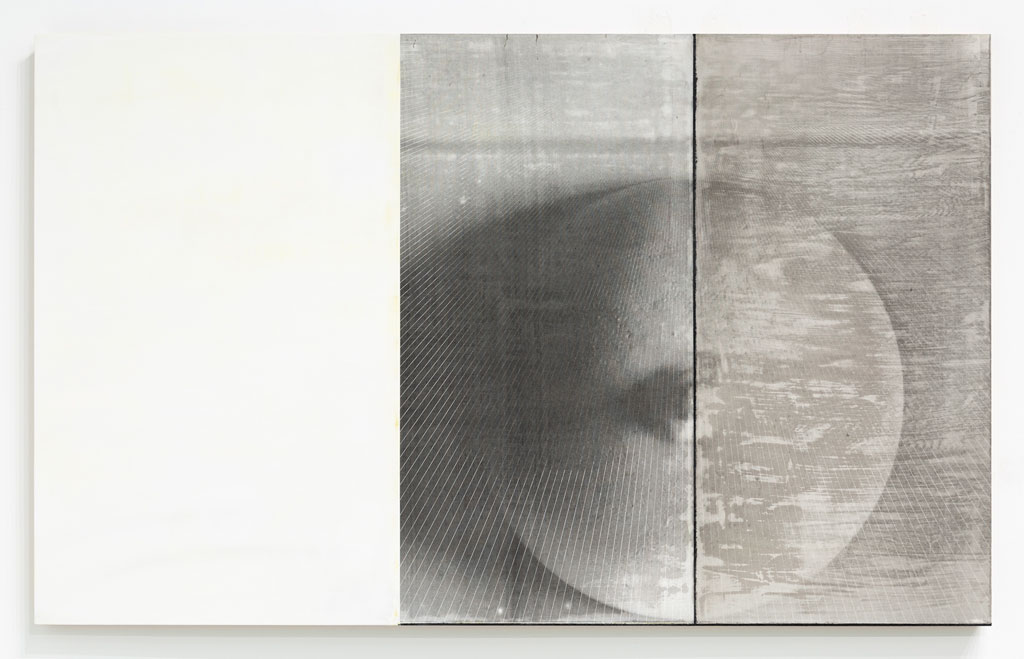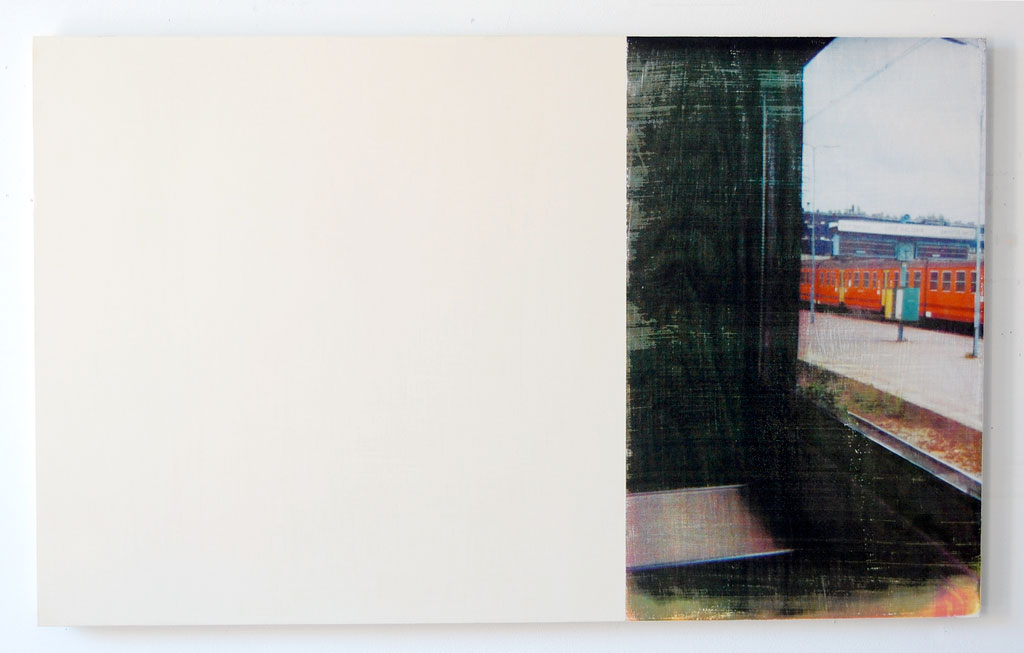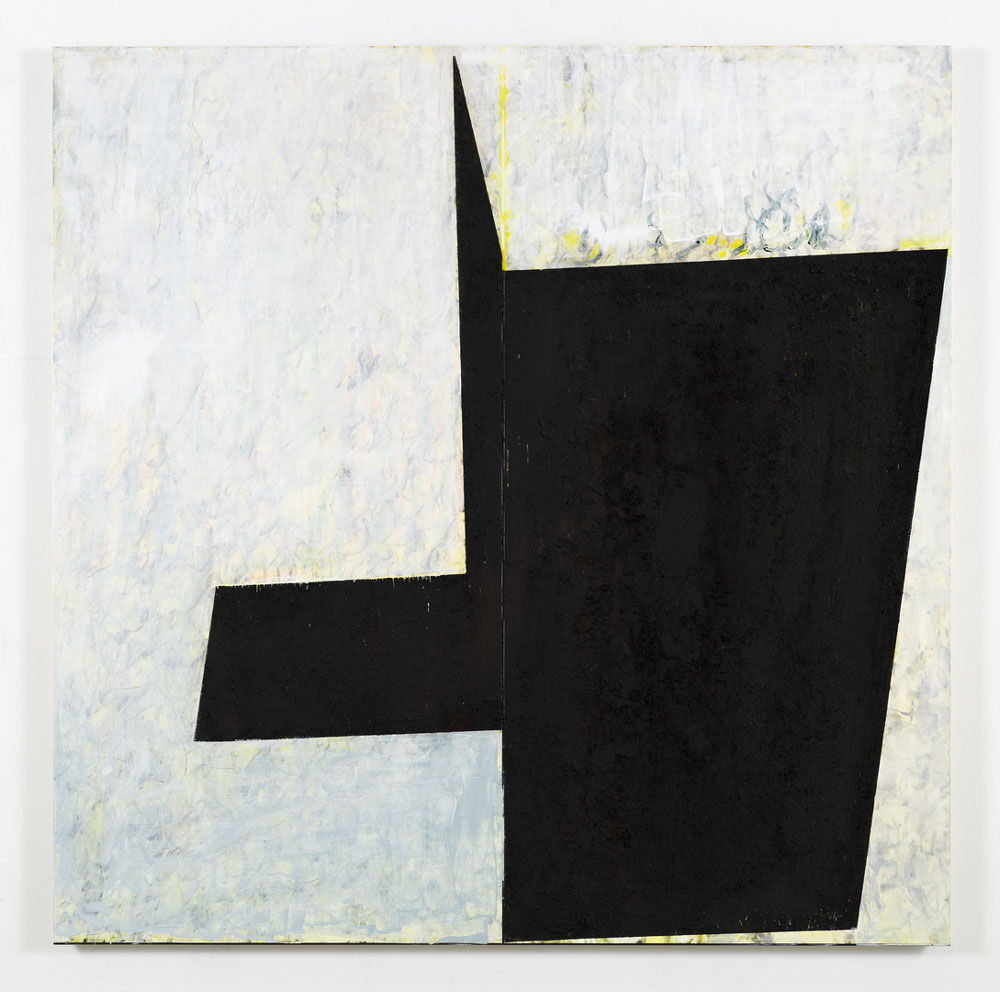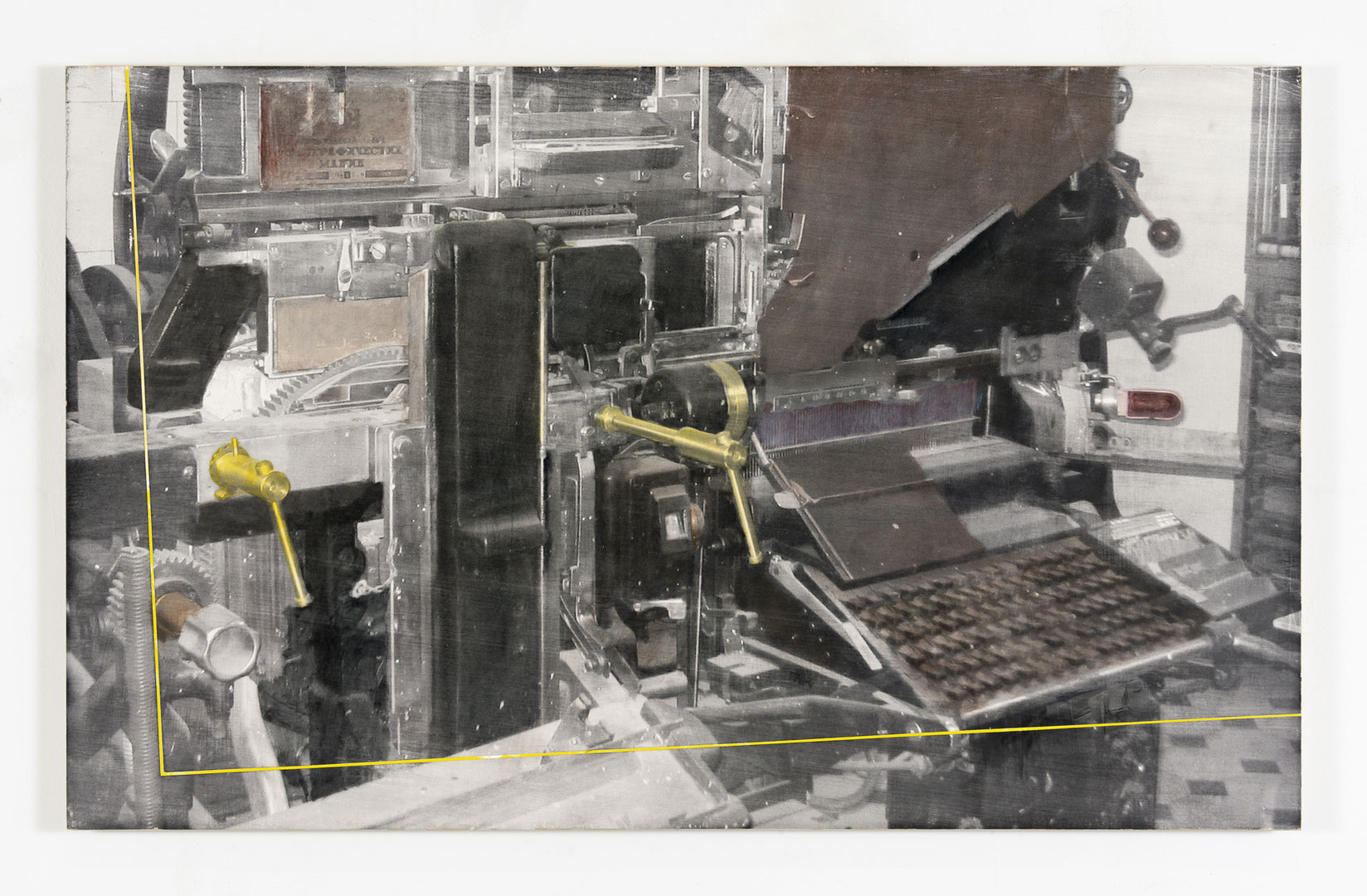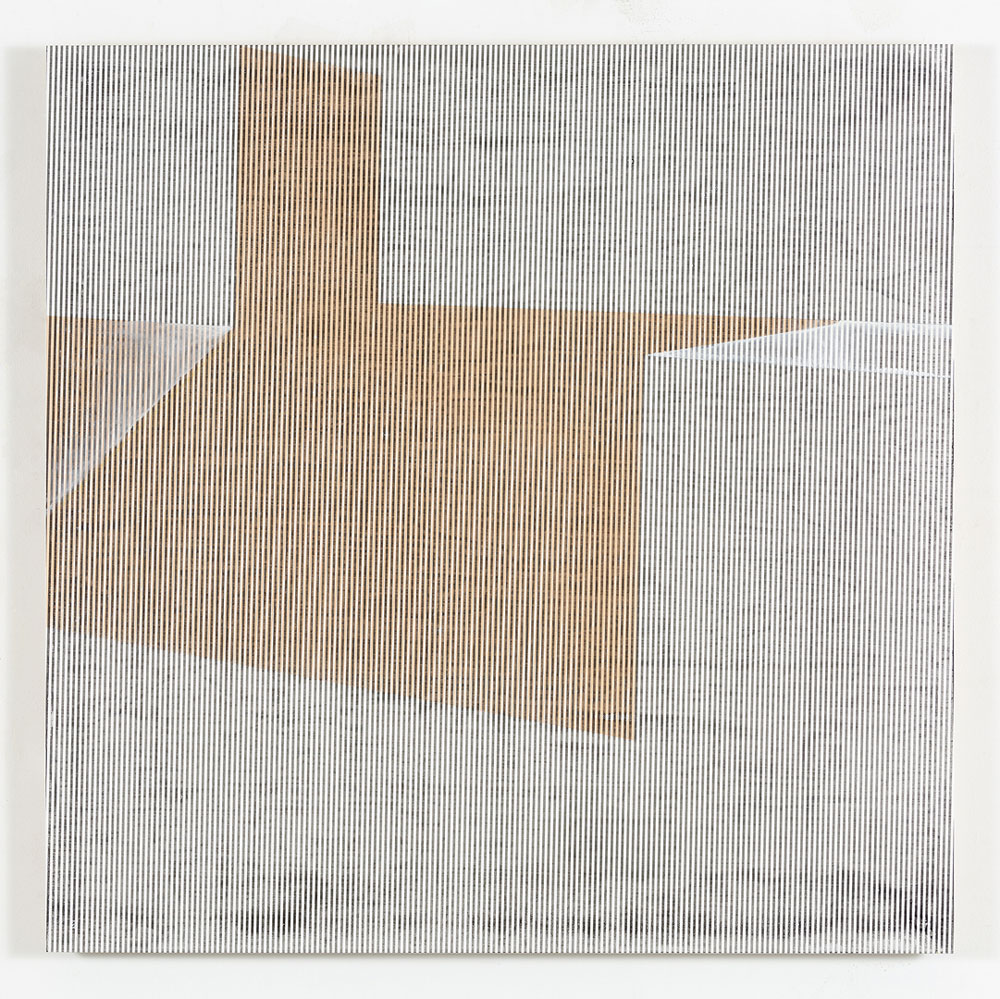ART-PRESENTATION: R.H. Quaytman-The Sun Does Not Move, Chapter 35
 Rebecca Howe Quaytman’s oeuvre can be seen as one of the most original attempts to revitalise and update the intellectual and emotional potential locked in the painting medium. The artist takes particular interest in examining painting in its physical – as an object that occupies a given space – as well as semantic dimension, as a symbol of a complex relationship with its meaning and material base. Quaytman enlivens the painting medium demonstrating its ability to remain an efficient tool in critical analysis of visual reality although the nature of paintings that are filling up this reality has radically changed in our times.
Rebecca Howe Quaytman’s oeuvre can be seen as one of the most original attempts to revitalise and update the intellectual and emotional potential locked in the painting medium. The artist takes particular interest in examining painting in its physical – as an object that occupies a given space – as well as semantic dimension, as a symbol of a complex relationship with its meaning and material base. Quaytman enlivens the painting medium demonstrating its ability to remain an efficient tool in critical analysis of visual reality although the nature of paintings that are filling up this reality has radically changed in our times.
By Efi Michalarou
Photo: Fundação de Serralves Archive
The work of R. H. Quaytman is an attempt to redefine painting in a world dominated by digital images that are immaterial and freely floating across time and space. Combining painting and photographic techniques, R. H. Quaytman proposes that the perceived image is, on the one hand, a visual, abstract, information medium, and on the other hand, a thing that has a real existence in the spectators body and in space. Quaytman’s distinctive installation practice furthers these tensions and raises the following questions: what is the relationship between image and meaning, what is the relationship between painting and materiality, and what is the impact of this materiality both on human perception and on the image itself. Since 2001, R. H. Quaytman has divided successive exhibitions into “chapters.” Usually these chapters consist of entirely new works. This chapter, entitled “The Sun Does Not Move, Chapter 35”, however, is different, in that it combines new work together with carefully selected paintings from earlier chapters that the artist felt were important in understanding what or where the ongoing narrative of the work may be leading. Each chapter is site-specific in nature, responding to the architectural, institutional, and historical context of its place. Their accumulation comprises a kind of book or diary that records successive artistic and intellectual meetings inspired by the specificity of place and its art historical relevance. A reflection on the nature of the image, its relationship to reality, the flow of visual information, and last but not least, how images shape both knowledge and complicity in our world is therefore always personal and bound to a specific point on the spatiotemporal trajectory of life. The first three chapters were largely based on material researched by the artist during a trip to Lodz, first in 1999 and then again in 2004. More importantly, the work of Katarzyna Kobro and Władysław Strzemiński, closely intertwined with the city, became for Quaytman a cue that helped to orient artistic investigations. Kobro, taught Quaytman that a painting need not necessarily be viewed as an autonomous, isolated piece, but rather an element of complex spatial structuring that organizes the spectator’s visual and corporeal experience. Strzemiński’s unism, in turn, strongly influenced the artist to privilege the paintings opticality and materiality, also the golden-section principle, which Quaytman applied to the proportions of the paintings, is borrowed from the practice of the Avant-Garde Polish duo. “The Sun Does Not Move” alludes to the first chapter, The Sun. That chapter was based on the histor y of the artist’s grandfather, Mark Quaytman, a Jewish emigrant from Lodz, to New York’s Lower East Side at the turn of the century. Photographs taken by the artist during a train trip to Lodz, and an article from the New York Sun about her grandfather’s death in a train crash became an impulse for her to reflect on the special nature of images showing places where something once existed but keep moving by us like train cars or paintings in an exhibition. Besides works alluding to that story, “The Sun Does Not Move, Chapter 35”, reactivates paintings from other Lodz-related chapters and from those produced in recent years. Consequently, it features references both to Kobro’s sculptures and Strzemiński’s optical concepts as well as Paul Klee’s “Angelus Novus” (which inspired a surprising discovery in “Haqaq, Chapter 29”), or Otto Van Veen’s 17th Century painting depicting Amazons uniting with the Scythians because they agreed to let them continue to live with them as independent warriors, or Van Veen’s painting “The Persian Women”, who expose their sex to the returning warriors of a losing a battle, telling them they can’t possibly return from where they came (from “An Evening, Chapter 32”), as well as variations on the golden section, a geometric form found throughout the natural world (from “O Topico, Chapter 27”). These subjects find a counterpoint in 32 works painted specially for the occasion. Still, this isn’t an artistic-biography show. “The Sun Does Not Move. Chapter 35” is primarily a spatial and visual trap set by Quaytman for our looking habits, and the dense web of artistic, historical, and topographic references surrounding it has one purpose: to make visible the mechanisms that construct the image and our seeing.
Info: Curator: Jaroslaw Suchan, Assistant Curator: Maria Śmigiel, Fundação de Serralves – Museu de Arte Contemporânea, R. Dom João de Castro 210, Porto, Duration: 16/10/20-21/2/21, Days & Hours: Mon-Fri 10:00-18:00, Sat-Sun 10:00-19:00, www.serralves.pt
